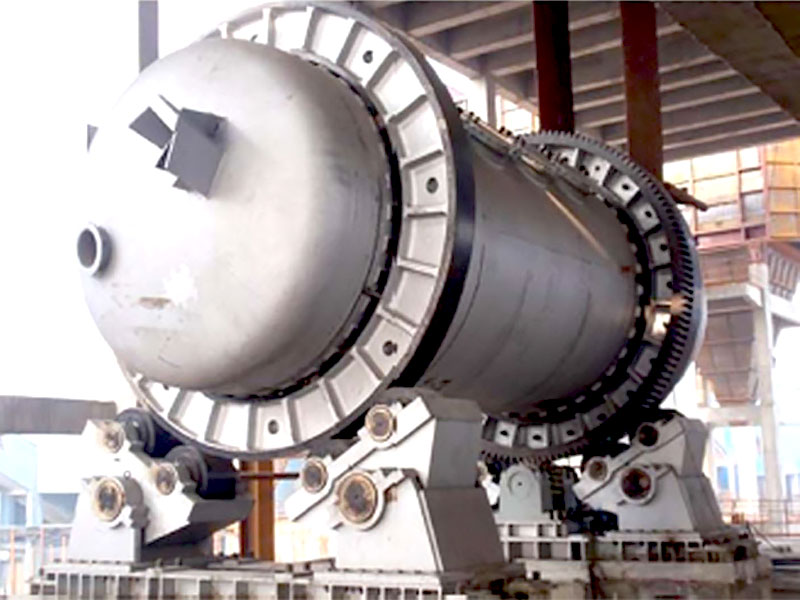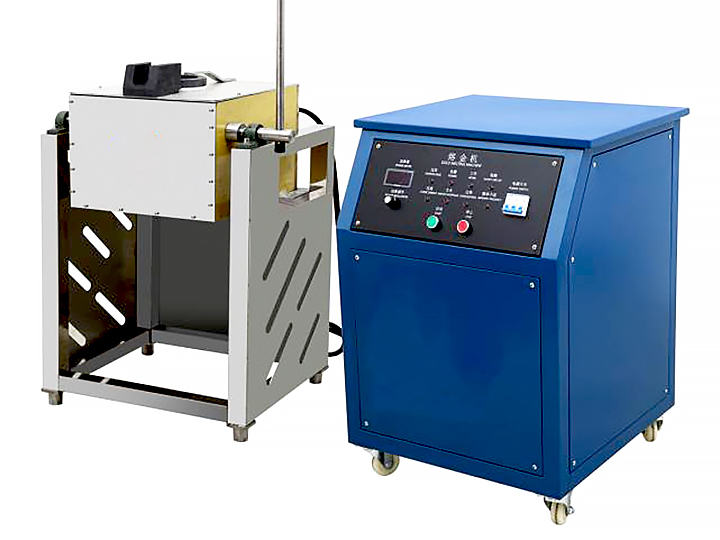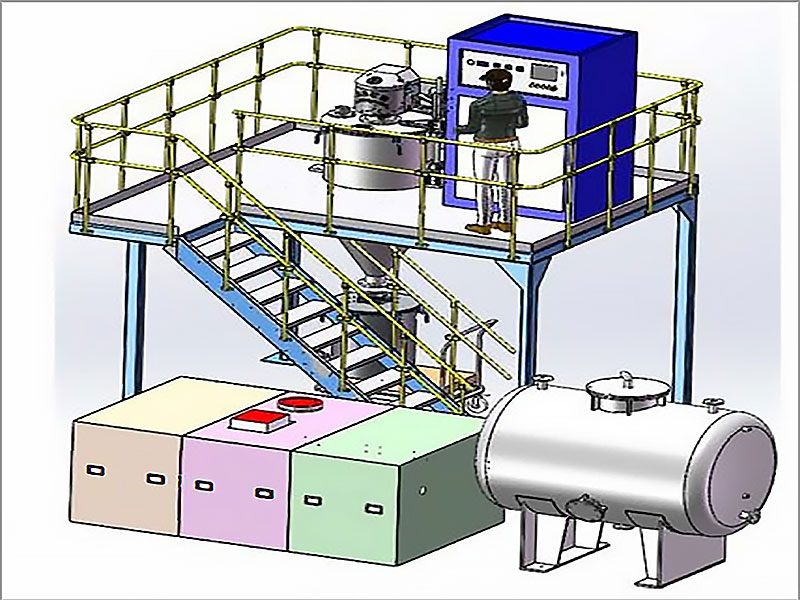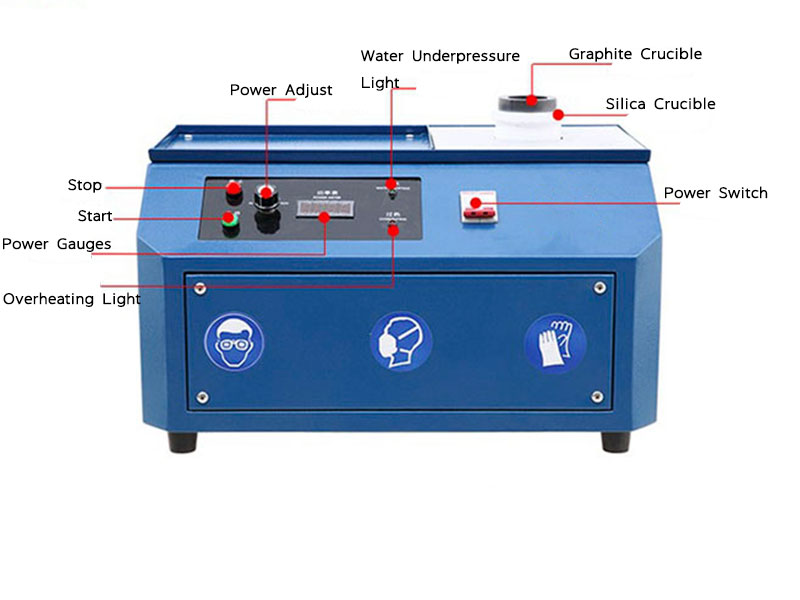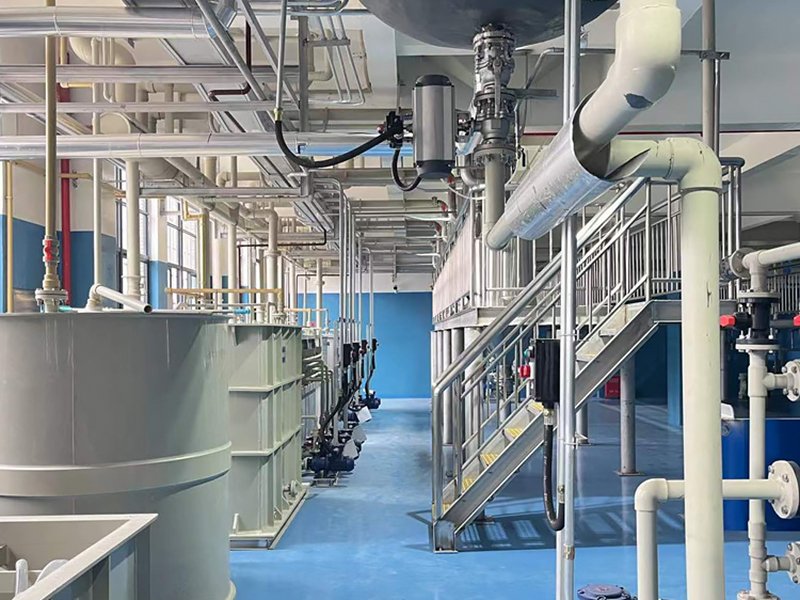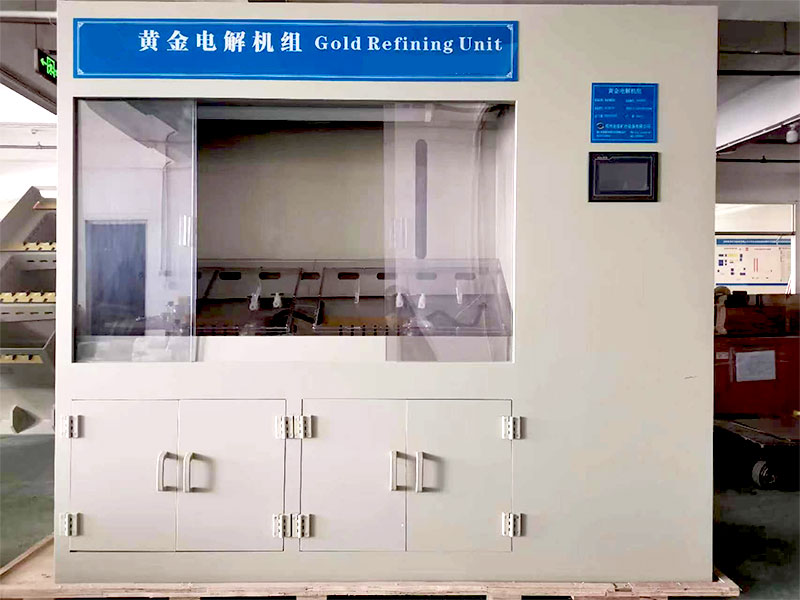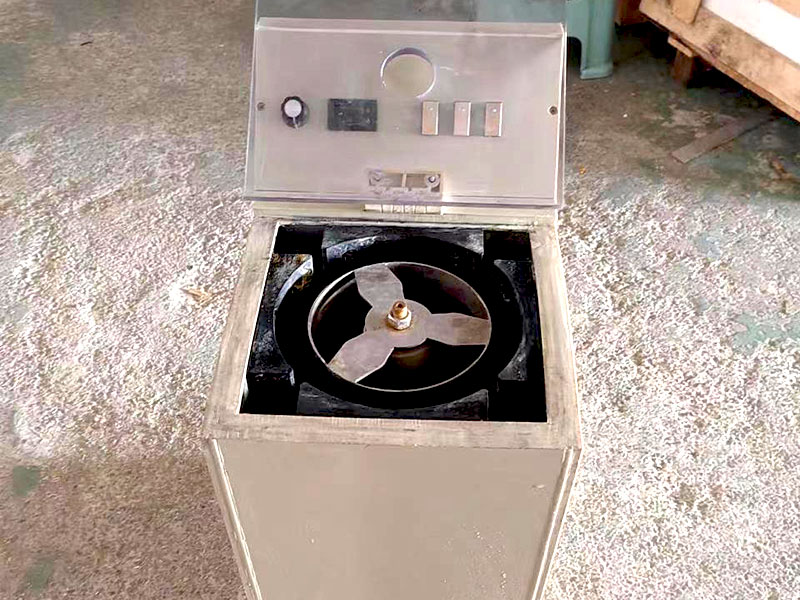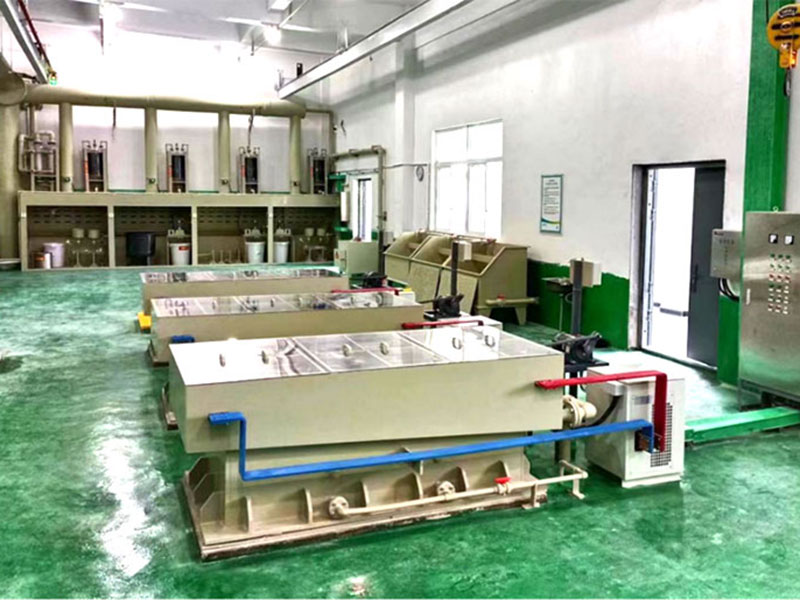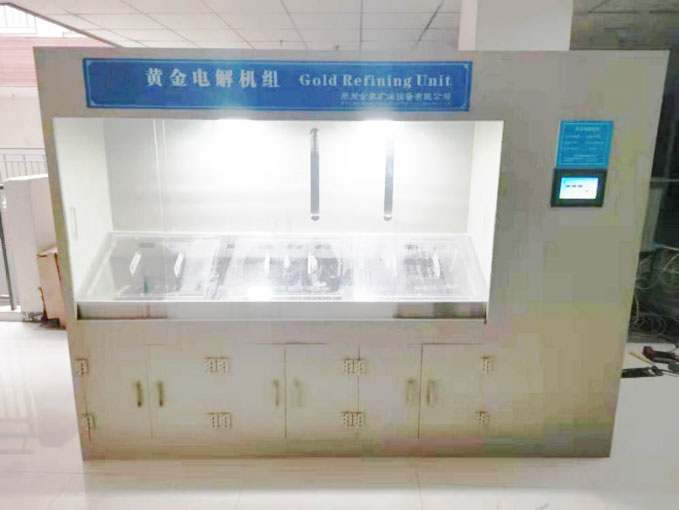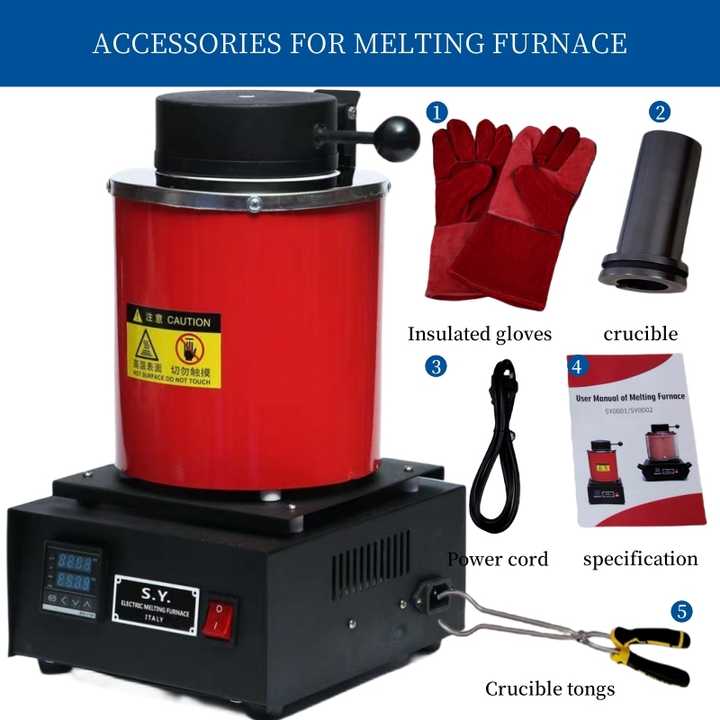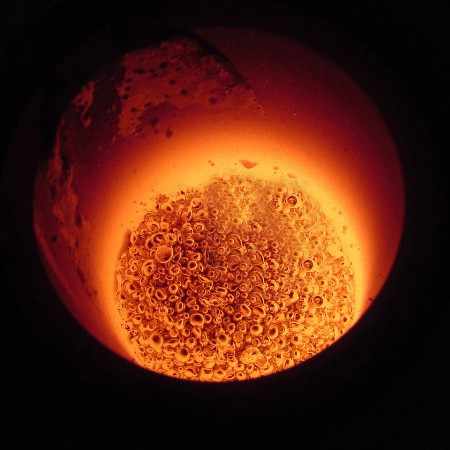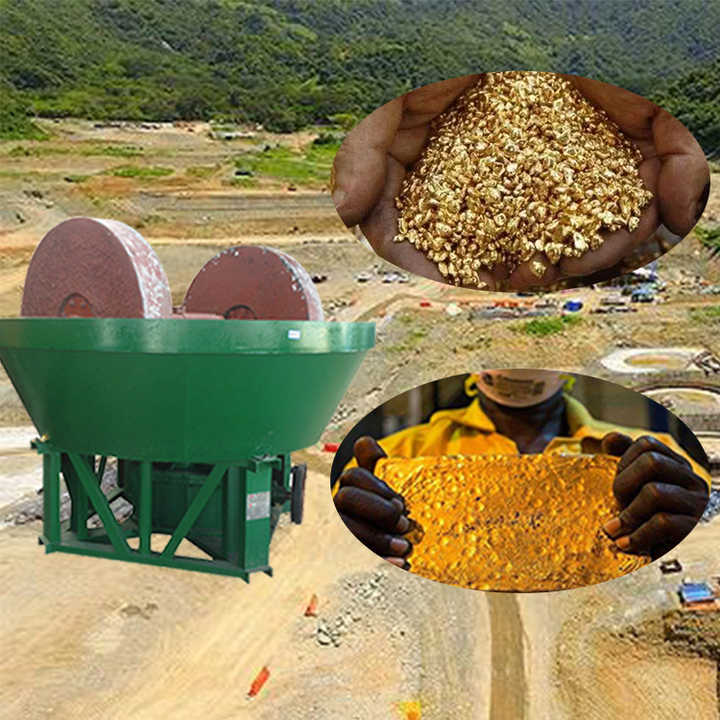gold ore smelting
Gold Ore Smelting A Comprehensive Guide
Gold ore smelting is an essential process in the extraction and purification of gold from its raw ore form. Smelting involves applying heat and chemicals to the gold ore to separate the valuable metal from impurities and other elements. In this article, we will explore the different steps, materials, and techniques involved in gold ore smelting, providing a thorough understanding of how this process turns raw ore into refined gold.
What is Gold Ore Smelting?
Gold ore smelting is a metallurgical process used to extract gold from its natural state within ore. Gold does not often occur in its pure form in nature. Instead, it is typically combined with other metals and minerals, such as silver, copper, iron, and quartz, within rocks. To recover the gold, smelting is used to separate it from these other materials, leaving behind the precious metal in a pure or near-pure state.
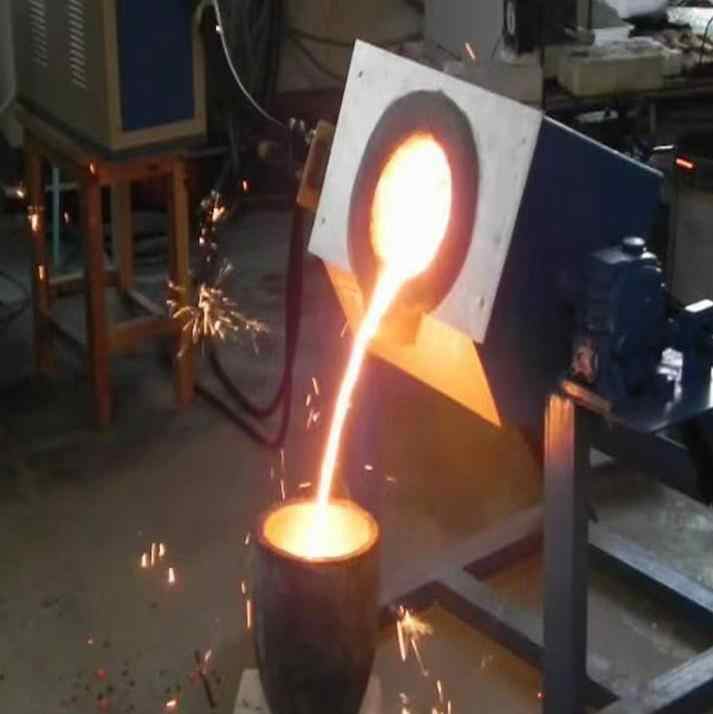
The Steps Involved in Gold Ore Smelting
1. Preparation of the Ore
The first step in gold ore smelting is the preparation of the raw material. This involves crushing the ore into fine particles to increase the surface area for the chemical reactions that occur during the smelting process. The crushed ore is then either ground into a powder or passed through a series of screens to remove larger pieces that are not suitable for smelting.
2. Addition of Flux
Once the gold ore is properly crushed and prepared, flux is added. Flux is a chemical substance that helps facilitate the melting process by lowering the melting point of the ore and absorbing impurities. Common fluxes used in gold ore smelting include borax, soda ash, and silica. These substances combine with impurities in the ore to form slag, which can be easily removed from the molten gold.
3. Heating in the Furnace
After adding flux, the mixture of ore and flux is heated in a furnace. The furnace is heated to extremely high temperatures, often exceeding 1,100°C (2,012°F), which is required to melt the gold. During this stage, the molten gold separates from the other components of the ore, and the impurities form slag, a glass-like substance that floats on the surface of the molten gold.
4. Removal of Slag
Once the gold ore has been smelted, the slag is carefully removed from the surface of the molten gold. This slag contains the impurities that were separated from the gold during the smelting process. The removal of slag is crucial in ensuring that the final product is as pure as possible. At this stage, the molten gold is left in the furnace and ready for the next step.
5. Pouring the Molten Gold
The final step in gold ore smelting is pouring the molten gold into molds. These molds are typically made of graphite or ceramic and are designed to shape the gold into bars or ingots. Once poured, the gold is allowed to cool and solidify. After cooling, the gold is removed from the molds and is ready for further refinement or sale.
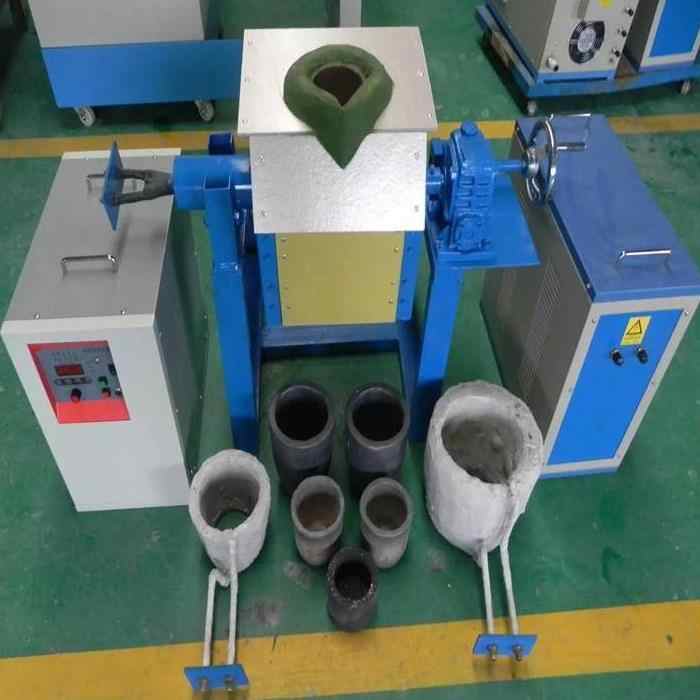
Materials Used in Gold Ore Smelting
1. Gold Ore
The primary material in the smelting process is, of course, gold ore. Gold ore can vary in its concentration of gold and the types of impurities present. Ores with a higher gold concentration are easier to smelt and yield higher quantities of gold, while lower-grade ores may require more intensive processes to extract the same amount of gold.
2. Flux
As mentioned earlier, flux plays an essential role in the smelting process. Common types of flux used in gold ore smelting include:
- Borax: This is one of the most widely used fluxes in gold smelting. It helps lower the melting point of the ore, making the process more efficient.
- Soda Ash: This chemical substance aids in the absorption of impurities, helping to create slag and keep the gold as pure as possible.
- Silica: Silica is often used in combination with other fluxes to help remove iron and other impurities from the ore.
3. Furnace
A high-temperature furnace is essential for the smelting process. Different types of furnaces can be used for gold ore smelting, including propane, electric, and induction furnaces. The choice of furnace depends on the scale of the operation, the amount of gold ore being processed, and the desired level of efficiency.
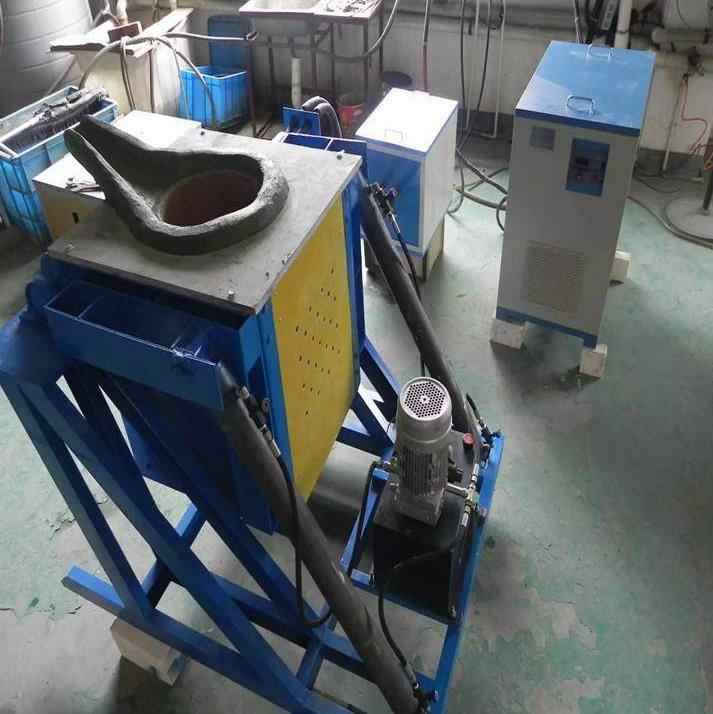
Types of Furnaces for Gold Ore Smelting
Propane Furnace
A propane furnace is a common choice for small-scale gold smelting operations. Propane furnaces are portable, easy to use, and capable of reaching the high temperatures needed for melting gold. They are ideal for hobbyists or small mining operations where a large industrial furnace may not be practical.
Electric Furnace
Electric furnaces are another option for gold ore smelting and are widely used in larger smelting operations. These furnaces offer precise temperature control, which is important for maintaining the right conditions for smelting. Electric furnaces are also more energy-efficient compared to propane furnaces, making them a cost-effective choice for larger-scale operations.
Induction Furnace
Induction furnaces are the most advanced type of furnace used for gold ore smelting. These furnaces use electromagnetic fields to heat the metal, allowing for highly efficient and even heating. Induction furnaces are ideal for large-scale industrial smelting operations, as they can process large quantities of ore at once while ensuring minimal energy waste.
Challenges in Gold Ore Smelting
Impurities
One of the main challenges in gold ore smelting is dealing with impurities in the ore. While flux helps absorb many of these impurities, some ores contain stubborn elements like sulfur or arsenic that are more difficult to remove. Additional steps or chemicals may be required to purify gold extracted from ores with higher concentrations of impurities.
Environmental Impact
Smelting gold ore can have significant environmental impacts. The process generates emissions, including harmful gases like sulfur dioxide, which can contribute to air pollution. Additionally, the byproducts of smelting, such as slag, need to be disposed of properly to avoid contamination of the surrounding environment.
Gold ore smelting is a critical process in the journey from raw ore to refined gold. By understanding the steps involved, the materials used, and the challenges that arise during the process, one can gain a deeper appreciation for the techniques that have been refined over centuries to produce pure gold. Whether using small-scale propane furnaces or advanced induction furnaces, gold smelting remains a vital part of the gold refining process. With the right materials and equipment, smelters can turn raw gold ore into valuable, pure gold ready for further refinement or sale.

